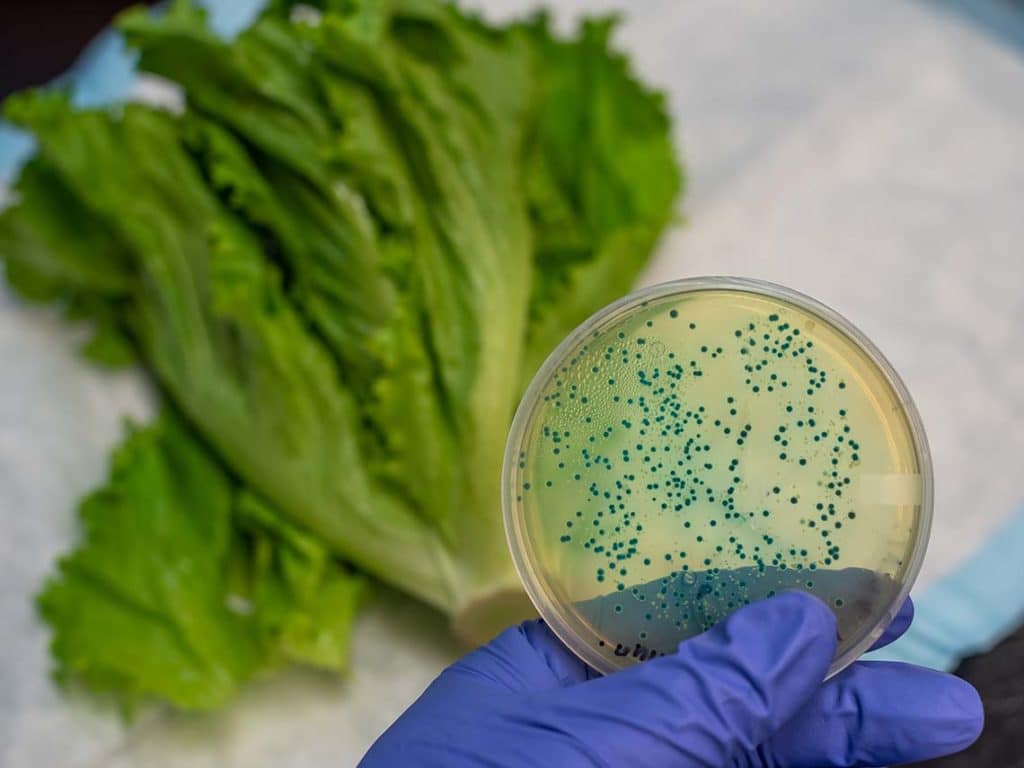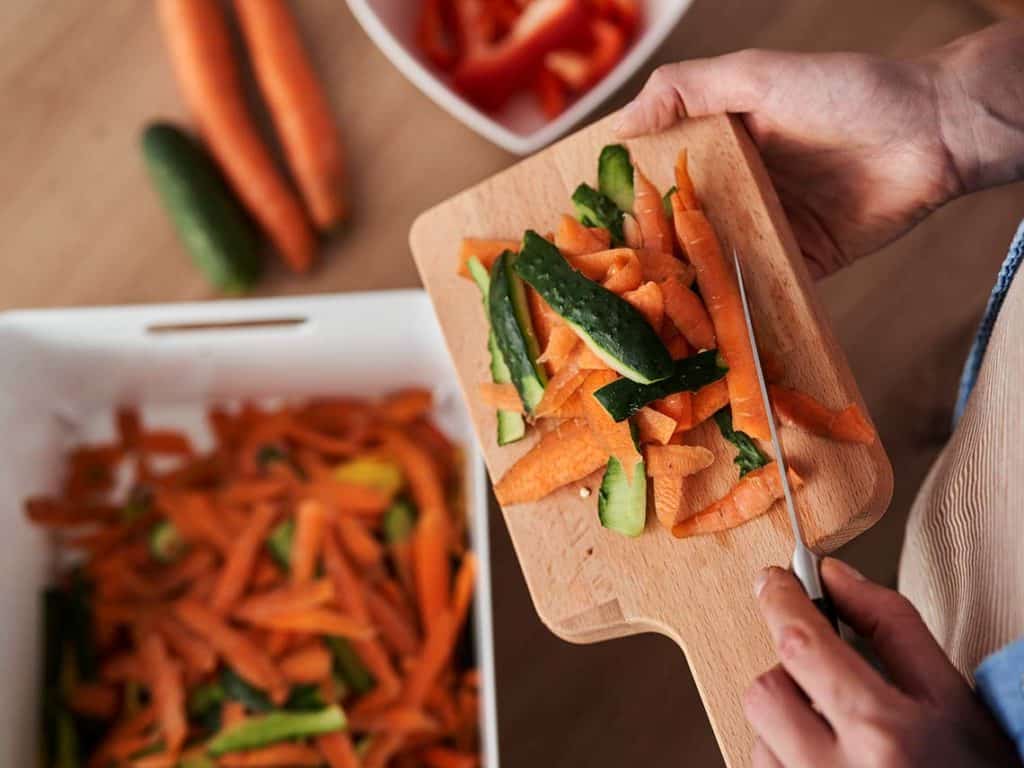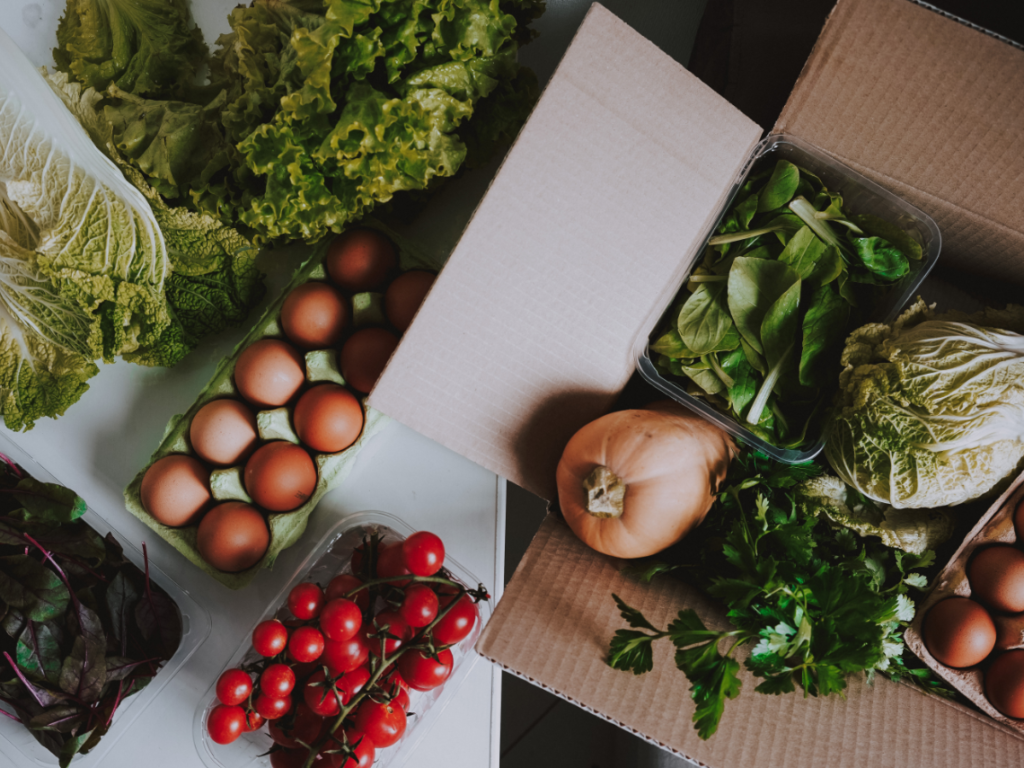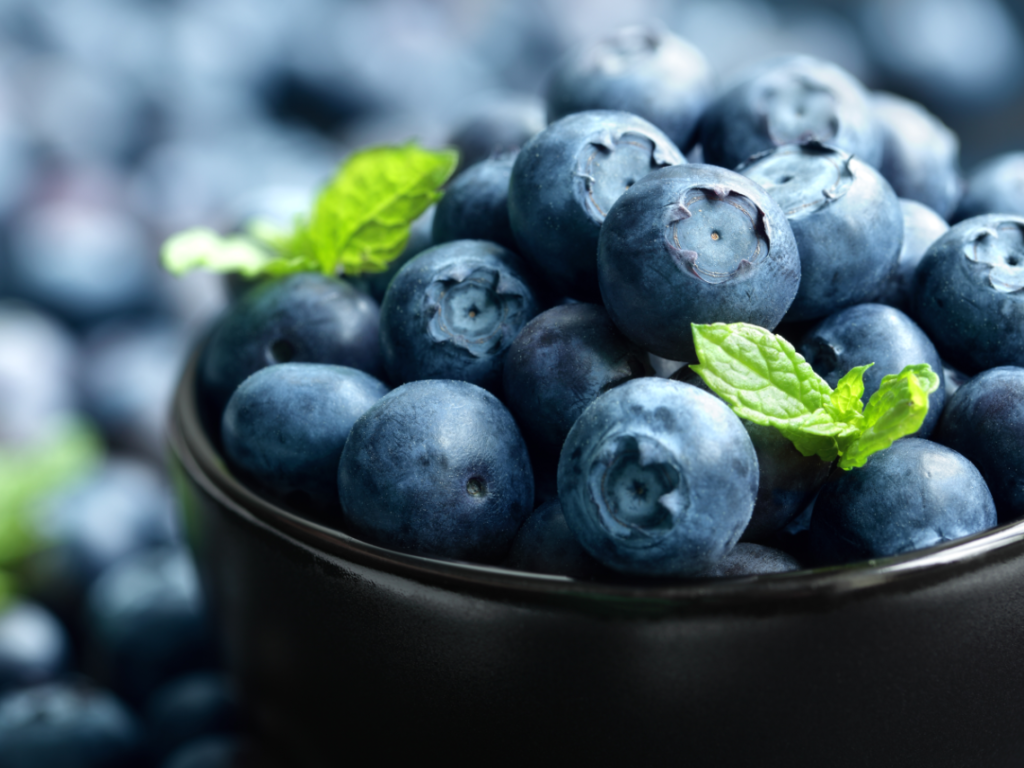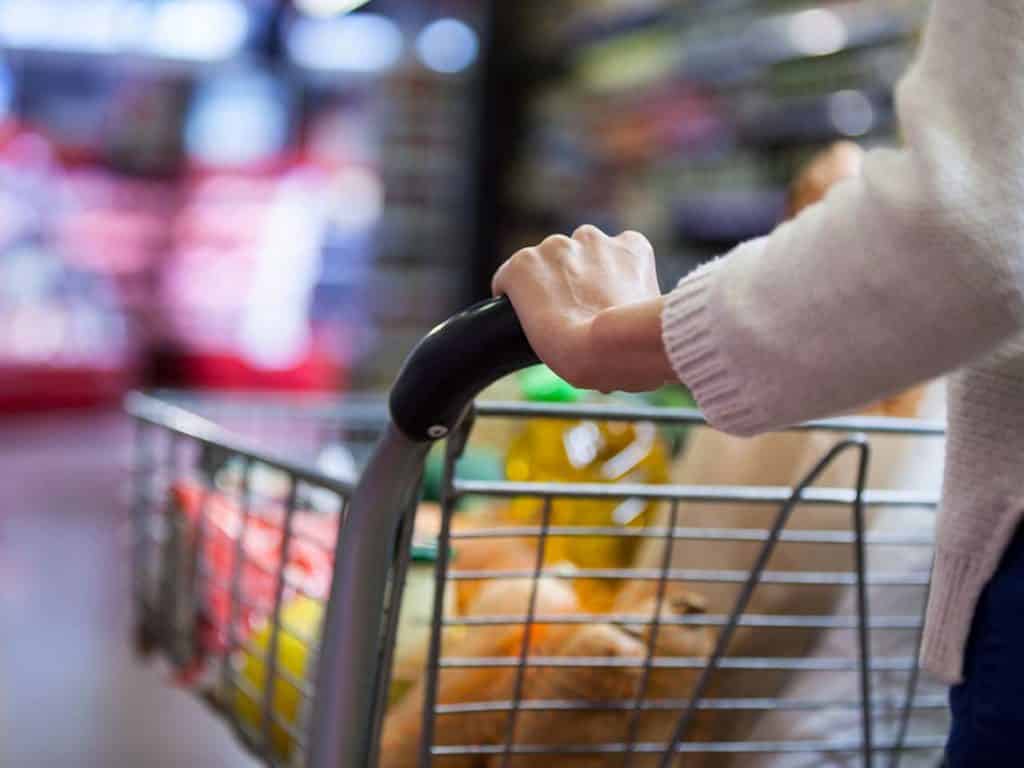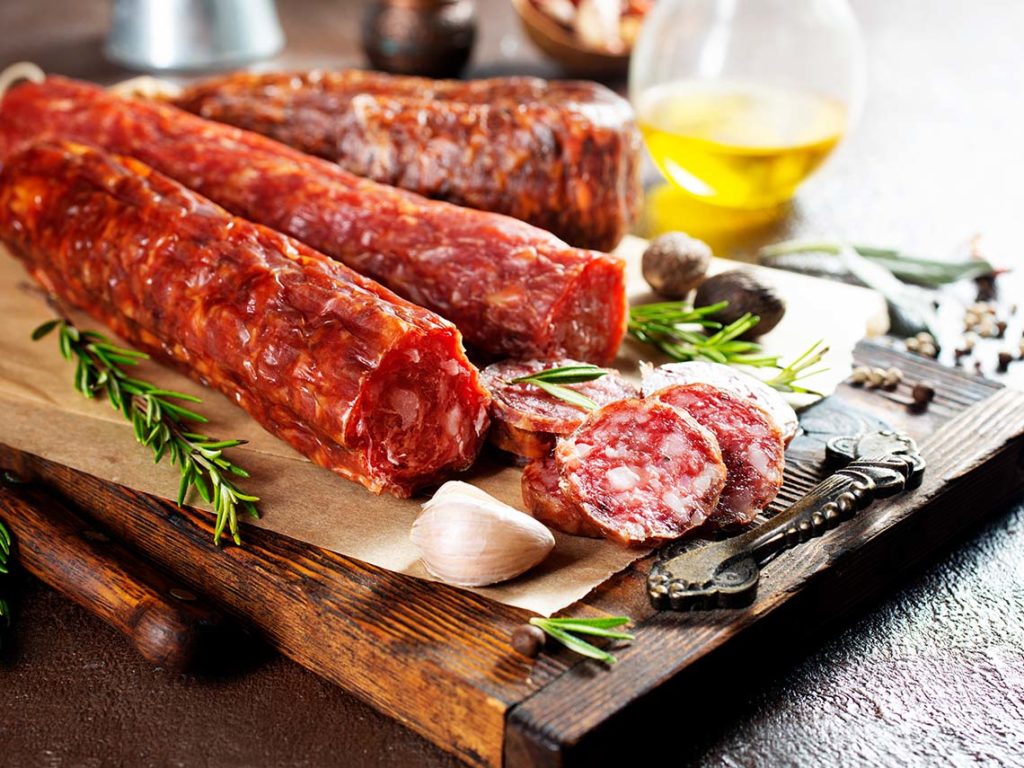What Causes Food Recalls?
Everyone relies on safe, quality food to serve their families, restaurant guests, hospital patients, school children, and anyone else without fear of contamination or expiration. Bad quality food isn’t just unpleasant to consume, but when seriously compromised, may lead to food poisoning, lawsuits, or both.
In an attempt to protect the public health of Americans, food recalls are issued. If you are in the food service industry or just a concerned consumer, it’s important to stay informed on how food recalls work; what they are, what causes them, and how to shop smart.
What is a Food Recall?
A food recall occurs whenever a food producer removes the product from eligible sales at grocery stores or wholesale food service providers. The produce or processed food item is pulled off the market for a serious reason. The reasons vary but stem from evidence leading producers to believe their food items are compromised in some way that would lead to negative health effects on consumers.
Some common reasons for a food recall include:
- Identifying bacteria or parasites
- Discovering broken glass, metal, or other foreign objects
- Finding any allergen not listed on product labeling
- Misbranded or mislabeled
Paying close attention to food recalls protects the public from serious outbreaks of E. Coli, Salmonella, or anything else that could result in detrimental consequences. For example, more than 28,000 pounds of beef were recalled at the beginning of 2022. This type of recall has the potential to affect countless individuals who unknowingly consume contaminated meat.
How to Manage Food Recalls
Managing a food recall starts by staying informed with the latest information regarding foods being pulled from the shelves. The U.S. Food & Drug Administration provides a search index with over a thousand food items currently on the recall list. You can also sign up for alerts and check their website for current information.
Remove and clean area — If your home or place of food service business has a recalled item, you need to clear the item from your refrigerator, freezer, or pantry right away. If you’ve opened and used utensils on the product (e.g. contaminated ground beef), you need to throw out the recalled food item, and thoroughly clean with a sanitizing solution and hot, soapy water anything in contact with the recalled food item. Clean all counters, cookware, cutting boards, refrigerator shelves, or anything else to ensure the removal of any harmful residue from the food.
Return and inform others — Some stores accept returns for recalled food items. You should also inform your team members and anyone else you work with that may have received or handled the recalled items in any way.
Food recalls are important alerts to protect the public health of our families and society. There are many different reasons they develop. However, you can make an effort to stay informed and take action when you discover a recalled food item in your home or place of business. Prevention is better than managing the severe consequences that come when it’s too late.
Peddler’s Son is Arizona’s Top-Quality Food Supplier
Peddler’s Son is the go-to farm-fresh food supplier for Arizona restaurants, hospitals, schools, and more. Family-owned and operated since 1988, Peddler’s Son brings you honest pricing, unparalleled customer service, and farm-fresh produce every day.
We believe in quality and that’s what you’ll get when you rely on us to deliver high-value foods for your dishes. We put our food quality and reliable delivery service first along with the customers we serve all across the state.
Want to get reliable quality fresh foods for your restaurant, school, or business? We can help! Contact us today to see how we can help you get the food you need to be delivered fresh and on time!
What Causes Food Recalls? Read More »
